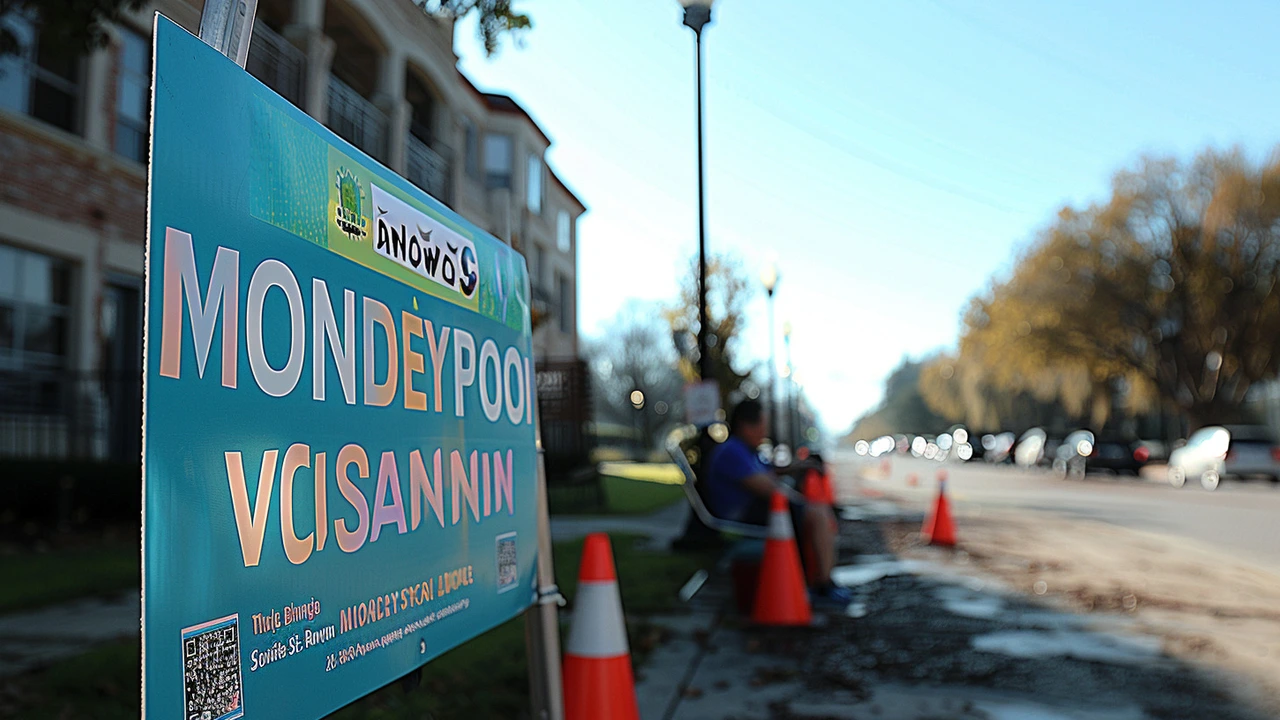Mpox Death: Risks, Symptoms and How to Protect Yourself
Mpox can sound scary because death is possible, but it’s uncommon. Most people recover in a few weeks with basic care. Fatal cases usually involve people with weak immune systems, severe complications, or delayed care. Knowing the signs and quick steps to take can make a real difference.
Who is at higher risk?
People who may face a higher chance of severe illness include those with advanced HIV, organ transplant recipients, people on immune-suppressing drugs, very young children, and pregnant people. If you fall into one of these groups and suspect mpox, contact health services right away — early care can lower the risk of serious outcomes.
Warning signs to watch for
Mpox usually starts with fever, headache, muscle aches, and swollen lymph nodes. A few days later a rash appears — often on the face, hands, genitals, or mouth. If any of the following happen, seek urgent medical help: trouble breathing, severe chest pain, sudden confusion, difficulty staying awake, high fever that won’t come down, or rapidly spreading or infected skin lesions. These signs may signal complications that need immediate treatment.
If you or a close contact has a rash that looks like blisters, scabs, or pimple-like lesions, isolate and get tested. Lab confirmation helps clinicians decide on treatments and who needs close monitoring.
Treatment options include supportive care (fluids, pain relief, wound care) and, in severe cases, antiviral medicines such as tecovirimat available under medical guidance. Vaccines used for prevention or post-exposure protection include JYNNEOS/Imvanex; health authorities can advise who should get them and the timing for best effect.
At home, protect household members by isolating the person with mpox in one room, keeping direct skin contact to a minimum, using gloves when handling dressings, washing hands often, and washing bedding and clothes separately on hot wash. Cover lesions, avoid sharing utensils, and avoid sex until all lesions have healed and scabs are gone.
Health services track cases, trace close contacts, and can offer advice about vaccination after exposure. If you work in healthcare, follow local infection control rules and wear recommended PPE when caring for someone with suspected or confirmed mpox.
Simple prevention steps matter: avoid close physical contact with people who have unexplained rashes, practice good hand hygiene, and consider vaccination if you’re at higher risk or your health authority recommends it. If in doubt, call your clinic — getting tested and treated early lowers the chance of severe illness or death.
If you need local guidance, contact your national or regional health department. They can tell you where to get testing, treatment, and vaccines, and how to report cases in your area.

South Africa Faces Rising Concerns with Second Mpox Death in a Week
South Africa's health ministry reports a second mpox death this week. A 38-year-old man from KwaZulu-Natal succumbed to the disease, making it the second fatality in a week. The total number of cases has risen to six, all severe. Efforts include rapid deployment of Tecovirimat treatment to combat a potential outbreak.